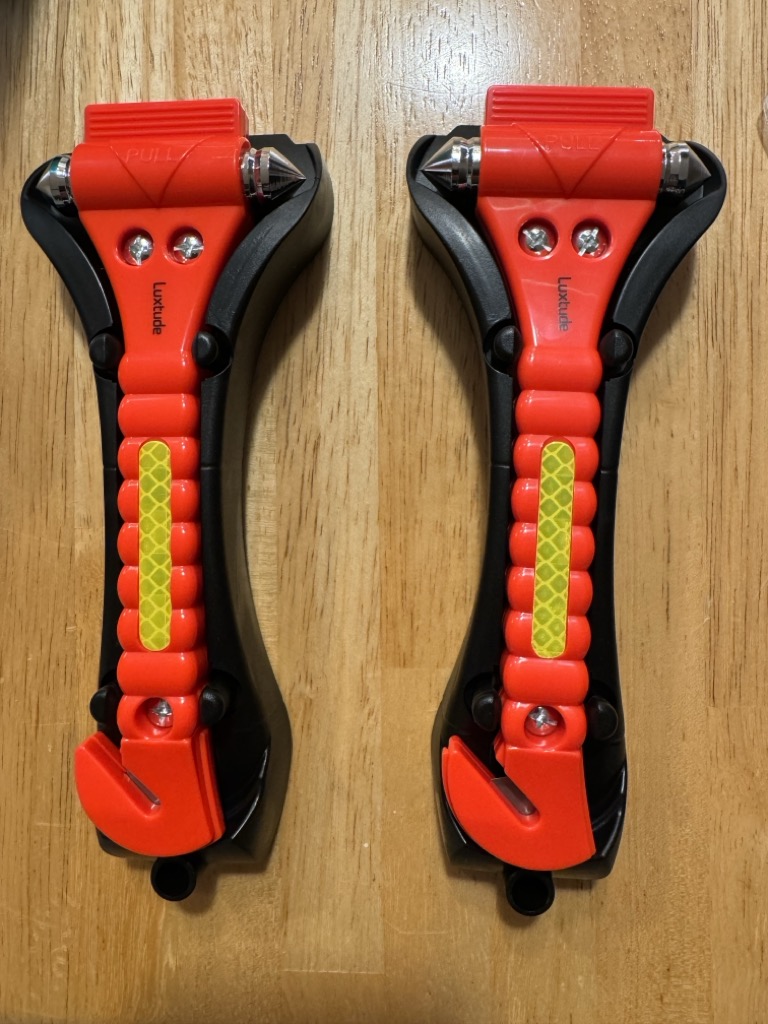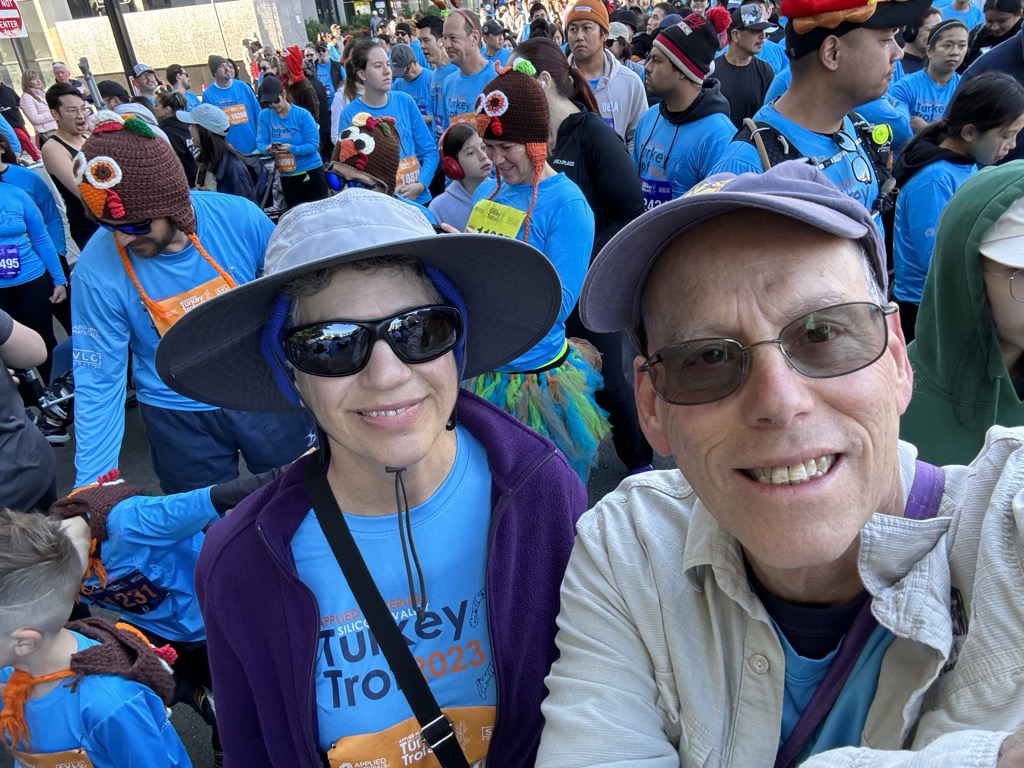We stayed out of stores and malls today, but I took advantage of early Black Friday pricing all week.
On Wednesday, I bought a pair of 2nd Generation AirPods Pro at Best Buy to replace my old ones (I even got a $45 trade-in for the old ones!) and the Samsung T7 I mentioned yesterday; I gave them both a workout today.
I’d also ordered a few things from Amazon which arrived today (affliate links follow). The first two will be useful for travel:
I hope never to need this one:

Thanks to Mac Power Users‘s Gift Guide episode for suggesting those three items.
I also picked up a OBDLink CX OBD2 adapter to use with A Better Route Planner in the EV-6; I’m also hoping to use it to find out the state of the hybrid battery in our Prius, but the first app I tried (Dr. Prius) doesn’t work with this adapter, so I’ll keep trying.
And I bought a bunch of software, too (no affiliate links):
- TurboTax 2023 (from Costco; it’s cheaper there than any of the stores featured in the email that TurboTax sent me today)
- Secure Shellfish (terminal emulation for iPhone and iPad)
- SuperDuper (disk duplication for Mac; I upgraded to the Apple Silicon-native version)
I also upgraded one of my Macs to Sonoma (after making a full backup of the computer onto the new T7 using the new version of SuperDuper, of course), and so far, it’s been completely uneventful. Hooray!
